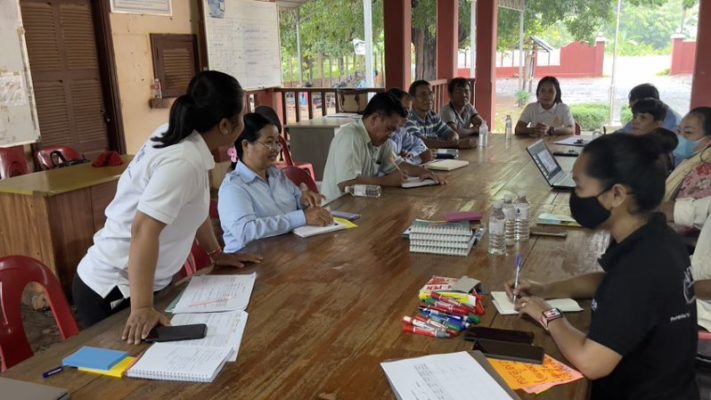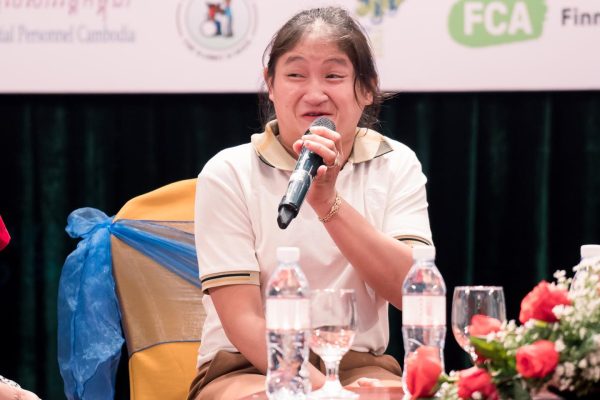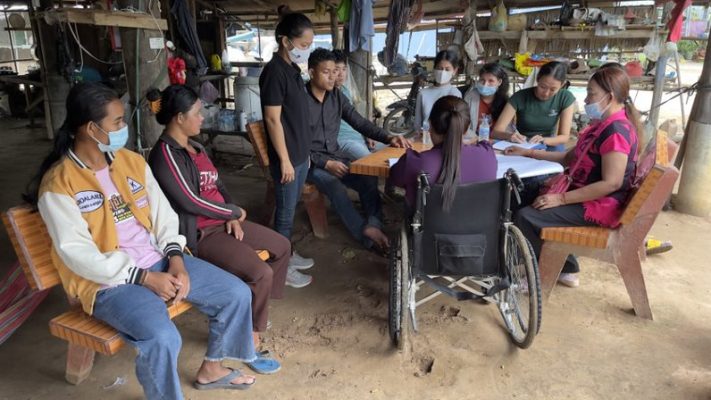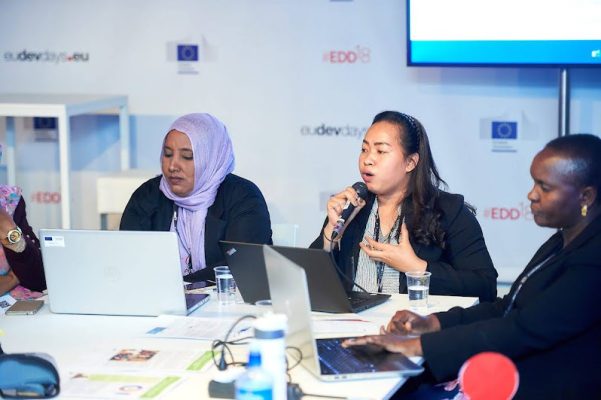Communicating for Advocacy – establishing communication channels for rural persons with disability to advocate for their rights
Persons with disabilities often lack the communication and advocacy skills necessary to introduce their issues into the government system. As in many countries, they often have no or little access to information and public services especially in the rural areas and also lack the means to voice their concerns.
Equally local authorities often are unaware of the challenges faced by persons with disabilities and how they can assist them. This can become a vicious cycle. The communication gap can hinder well intended actions and can prevent those most in need of support from accessing them. The communicating for advocacy project initiated by People’s Action for Inclusive Development (PAFID) formerly Light for the World – Cambodia aimed to find out more about the communication gaps and the information needs of both rural persons with disability as well as local authorities.
The programme was set up in the Pursat province of Cambodia to create and train Commune and Village Disability Representatives (CDRs and VDRs) to advocate for inclusion with local partner DDSP. A four-pronged approach was taken to a) create platforms for airing the opinions and concerns of persons with disability, b) create forums for exchange with local authorities, c) training to CDRs, VDRs and local govt on disability rights and advocacy issues and d) a wide research project examining the communication and information experience and needs of persons with disability in rural settings.




The programme started in 2016. By 2022, 284 VDRs had been trained and their roles have led to positive changes, including access to service. The VDRs and CDRs are trained on advocacy, disability, and facilitation skills. VDRs are residents voted from each village community, and CDRs are current staff members of the Commune Councils selected to represent persons with disabilities as part of their existing roles. VDRs and CDRs meet with persons with disabilities and their families individually or via village planning sessions and local government meetings to collect information on their needs. They then attend planning meetings at the commune and district level to represent persons with disabilities and to input the collected issues into annual investment plans.
Key highlights include:
- To date, 25 CDRs and 284 VDRs have been established and trained.
- Some 3,856 people with disabilities have participated in village planning meetings, public forums and awareness training.
- 504 villages were engaged in the training and research process.
- 2 publications were produced “ Communication Matters” and “Information Matters”
Capacity development at grassroot level to encourage dialogue and promote platforms for information exchange are crucial for supporting persons with disability to access their rights and services at the local level. Investment in two-way communication and practical advocacy skills opens doors for opinions to be raised in a non-threatening way and helps duty bearers achieve their own objectives and encourage both parties to have meaningful dialogue. The two research publications have been developed into easy read publications. These need to be disseminated more widely. The model for this project can be easily scalable.
Throughout our work, we have learnt that actors in the field of development need to go through organizational and systematic processes of change within their programs to move towards sustainable (disability) inclusion. We support these processes at community, organizational and governmental level.